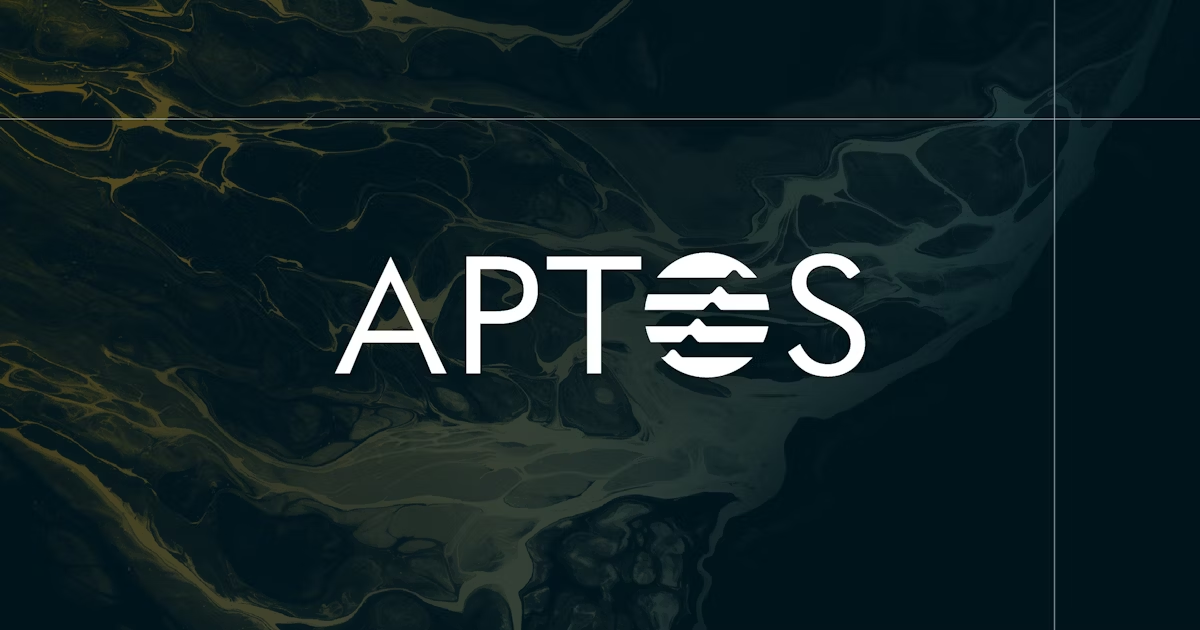Like any other market, the crypto market has its ups and downs. Right now, things don’t seem so bright, as the BTC price keeps falling. For inexperienced traders, this might be the time to get rid of their crypto and move on. However, more seasoned investors see this as an opportunity to invest in projects while the prices are low.
Many crypto projects have good underlying technology and a meaningful purpose. Moreover, they are run by experienced people who know how to make a product or service and market it effectively. Therefore, even if the crypto market doesn’t look stable right now, these projects will likely survive in the long run and bring investors a chance to profit.
Therefore, we have selected four new crypto projects that look promising and have the potential to be successful in the future, despite the current crypto crisis. Let’s check them out!
Serenity Shield
Serenity Shield recognized one major drawback of storing cryptocurrencies in wallets — that they are permanently lost if we cannot access them. This creates an obstacle should anything happen to the crypto owner. Without knowing their private keys, beneficiaries won’t be able to access the deceased’s funds.
That’s what Serenity Shield aims to solve. Users of this innovative service will still have full ownership and autonomy of their assets. At the same time, they can rest assured that their private keys are safe and secure. In a way, Serenity Shield adds another layer of security that gives crypto owners peace of mind when it comes to their keys.
Digital Arms
Digital Arms is an organization that hosts IP rights for leading brands of firearms. It plans to continue to score strategic partnerships with firearm companies around the globe and expand its scope.
But why would someone do such a thing, you might wonder? Because the platform aims to start a marketplace where traders will be able to buy, sell, and exchange digital firearms that come in the shape of NFTs. This opens up an opportunity for gaming interoperability and creates a base for new metaverse use cases.
The project primarily targets the firearms community and enthusiasts, as well as gamers who enjoy playing shooters.
SOMA
SOMA.finance is a decentralized exchange that accepts multiple assets. Apart from crypto assets, one can also list ETFs, STOs, NFTs, tokenized equities, and more. It’s also a token issuance platform.
What makes SOMA stand out from the pack is the fact that it is the only platform of its kind to have a license from both SEC and FINRA, which allows it to offer tokenized securities. The platform will initially launch 20–30 assets, with more to come.
Finally, after completing all KYC and AML requirements, individuals and institutions will be able to access yield farming and other incentives for liquidity providers.
Ignite Tournaments
The popularity of play-to-earn crypto games is on the rise, and many players are already looking for a way to organize tournaments. This is precisely what Ignite Tournaments provides — an infrastructure for managing and hosting P2E esports tournaments where players get payouts in cryptocurrencies and NFTs.
Anyone who wants to tackle this can simply download a mobile app for iOS or Android devices and use it to create a tournament, stake the entry fees to enjoy yield farming, or even compete in tournaments and earn NFTs. Right now, the team at Ignite Tournaments is working hard on creating a web-based app for PCs.
Final Thoughts: Volatility Doesn’t Matter in Tech
Like it or not, cryptocurrencies will remain volatile in the foreseeable future. In fact, this issue may never get a satisfactory conclusion — there’s no way to know at the moment.
However, volatility is a matter of finance, and if a project is good enough and its tech has long-term usability, it will remain relevant for years to come. It may be susceptible to volatility, but if there are enough users who are happy to use the product or service, they will give it a long lifespan. Therefore, investing in promising projects when the crypto market is unstable might be a good strategy.
Credit: Source link










































































































































